Special Issue: 98
S1-59 Applied Computational Analytics for Supporting Decision-Making
for the journal WSEAS Transactions on Circuits and Systems
Organizer:
Prof. Gabriela Tont
Department of Control Systems Engineering and Management,
Faculty of Electrical Engineering and Information Technology,
Fellow of the Doctoral School of Engineering Sciences Council,
University of Oradea, Universitatii Str.,
Oradea, Bihor, Romania
E-mail: gtont@uoradea.ro
Aim:
This special issue seeks applied computational analytics papers that either create new methods or provide innovative applications of existing methods for assisting with “real world” decision- making applications. In practice, analytics involves a combination of computers, computation, mathematical modelling, and system science to support real-world applications. Contributions should investigate novel approaches of computational analytics – be this on the side of modelling, computational solution procedures, and/or technologies – as applied to decision- making. In line with the aims and scope of the special issue, manuscripts should emphasize both the practical relevance and the methodological contributions of the work.
Topics:
- Mathematical modelling of mechatronic systems
- Applied computational analytics procedures
- Methods for guidance and assistance in applied decision-making
- Measures for coping with uncertainty in data, models, and decision-making
- Areas of application can include: business, operations, engineering, environment, economics, society, computers, and computation..
How to submit:
You can upload your paper via the web site of the particular
WSEAS journal indicating in the Field: "Notes" the title of the Special Issue
Note that the Deadline for Paper submission is 31st December of 2021.
However the organizers review the papers and publish them in a continuous flow. You do not need to wait the acceptance of the other papers in your session to publish your paper. In case that your paper passes the first round of review (some times the second round of review), it can be published if you satisfy the reviewers' comments and remarks and the Editor-in-Chief decides that your paper You do not have to wait the peer review of the other papers in your Session.
Bulletin Board
Get recognition for your reviews for WSEAS. The WSEAS participates now in the great program of Publons. Reviewers of WSEAS can contact us to learn how to update their profile in Publons with their Reviews in WSEAS.
Examples:
https://publons.com/researcher/1681487/danuta-szpilko/peer-review/
https://publons.com/researcher/1749776/dr-tarkeshwar-patil/peer-review/

Before the peer-review, each article in WSEAS Journals and Conferences are checked for possible plagiarism and self-plagiarism by Turnitin

Each published article in WSEAS has DOI by Crossref

 Google Scholar
Google Scholar
WSEAS participates now in Semantic Scholar search engine

WSEAS Publication have digital preservation in Portico

WSEAS participates now in CNKI
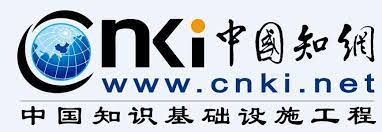
Before the peer-review and after the anti-plagiarism control by Turnitin, we check the names of the authors and their affiliations very carefully. We also check using Google Scholar if they have published enough papers in the last 5 years.
What do the Authors say about publishing in our Journals
Prof. Nicholas Tritos from Harvard Medical School, Boston, USA, joined us as Associate Editor in our Journal WSEAS Transactions on Biology and Biomedicine
Prof. V.R.Singh Fellow-IEEE/EMBS-IMS, Fellow IET, National Physical Laboratory, India, joined us as Associate Editor in our Journal WSEAS Transactions on Biology and Biomedicine
Prof. George Vachtsevanos, Georgia Institute of Technology, USA, joined us as Co-Editor-in-Chief in our Journal WSEAS Transactions on Computers
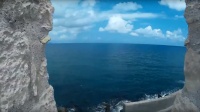
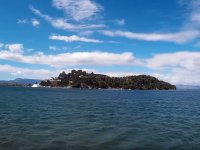
Photos from the WSEAS Conferences in Rome, Italy

Photos from the WSEAS Conferences in Salerno, Italy
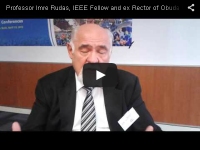
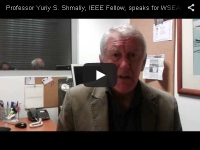
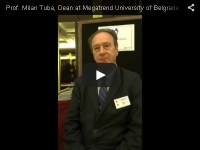
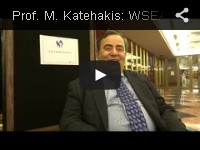
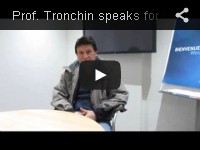
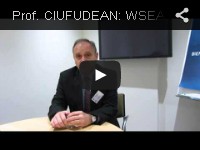
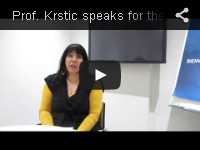
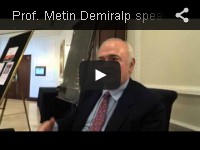
Photos from the WSEAS Conferences in Florence, Italy
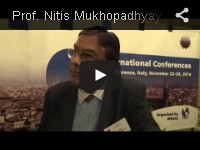
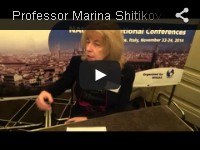
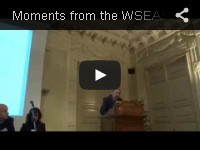
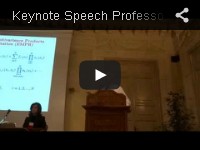
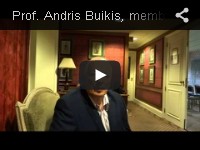
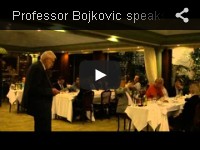
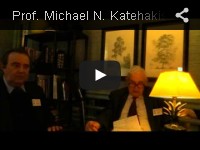
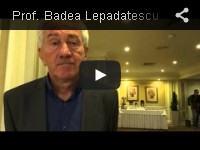
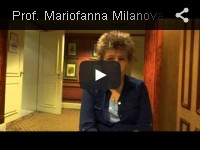
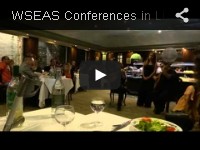
Photos from the WSEAS Conferences in Salerno, Italy
and from the Conference Excursion in Pompei
Prof. Paul G. Mezey, Memorial University of Newfoundland, Canada
Prof. Paul D. Sclavounos, MIT
Prof. George Vachtsevanos, GIT, USA

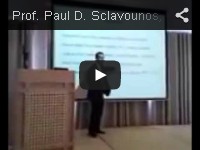
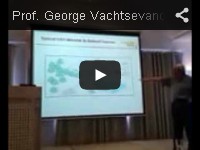
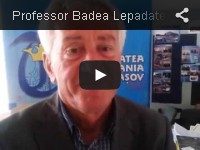
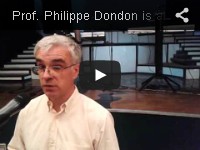
More Videos


































